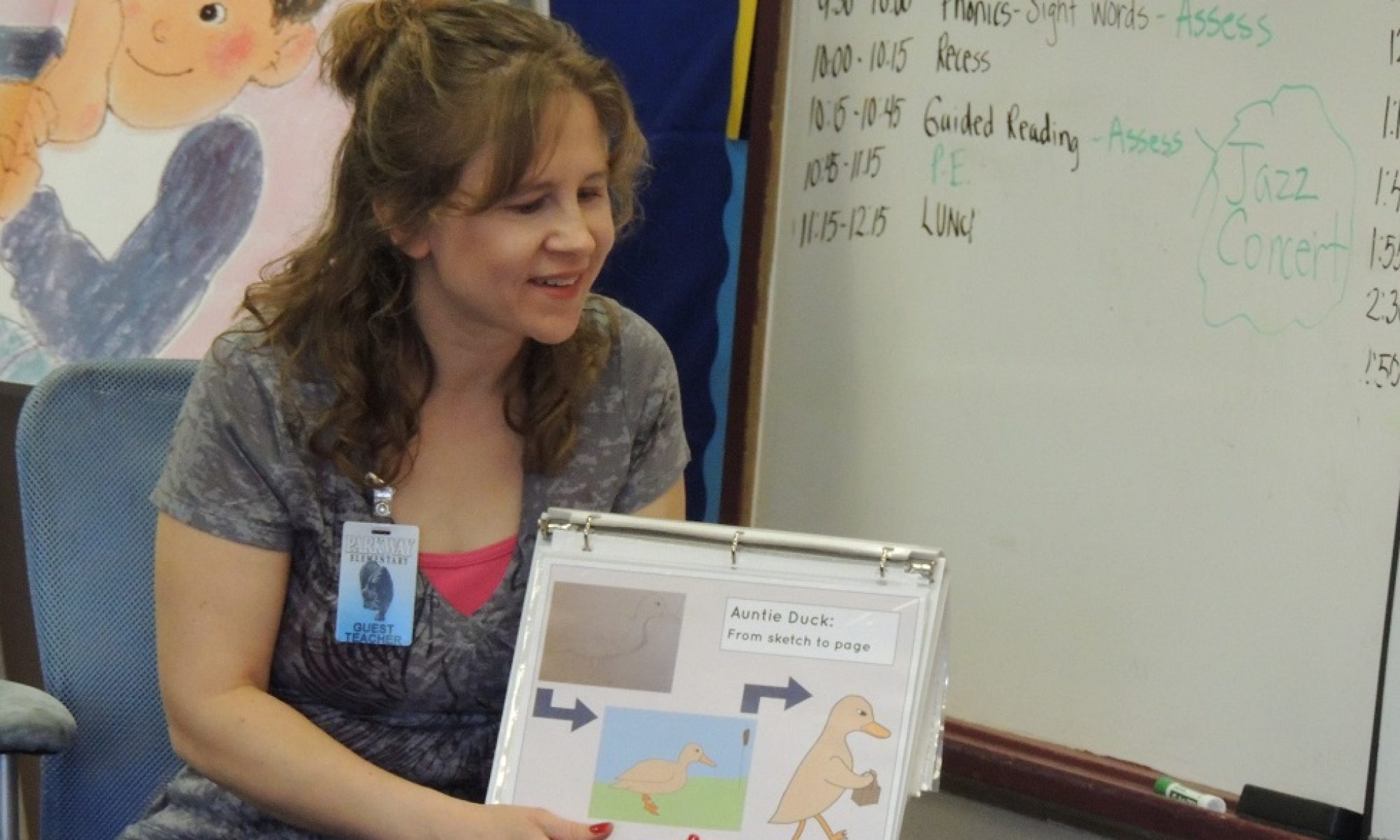
While working on a new picture book about a boy, a dragon, and a trip to the moon, I’ve been asking a lot of questions about what it would be like to actually be on the surface of the moon.
For example, is there water on the moon? Does the moon have an atmosphere? What do moon rocks look like? What would happen if a boy threw a rock on the moon? How hot and cold does it get there? Does the moon spin on an axis? If a boy weighed 60 pounds on Earth, what would he weigh on the moon? What is the distance between the Earth and the moon, and how far does it take light to travel that distance? (There are lots of other questions scattered through various pages of story planning, some of which are currently top secret, so I can only share the questions listed above at this juncture.)
In my quest for answers, I’ve uncovered a lot of interesting tidbits of information.
Here are five of the exciting facts I’ve discovered:
- According to NASA, there are significant ice deposits at the north and south poles of the moon. (Are you thinking what I’m thinking–that Galactic Santa has an outpost at the moon’s north pole? This is totally NOT applicable to the story I’m writing right now, but I won’t rule out the possibility for a future story!) The lunar soil also contains a minimal amount of water molecules. Why is water important for my story? If there is water, then there is the possibility of breaking up the water molecules into hydrogen and oxygen, thus providing a way for a character to survive on the moon.
- The moon has an atmosphere. It is very minimal, and is called a surface boundary exosphere. (If you tell somebody that fact, they may be quite impressed by your knowledge. Just say, “By the way, did you know that the moon has a surface boundary exosphere?”). The atmosphere is not very dense–in fact, it’s considered a vacuum–but that’s still a fun fact to know.
- What is the temperature on the moon? Extremely hot or extremely cold! Around the equatorial region, it varies from 224 Degrees Fahrenheit during the day to -298 Degrees Fahrenheit at night. And in the perma shadow region’s craters at the south pole, the temperatures get below -397 Degrees Fahrenheit. Brrrrr!!!!!
- What would a boy who weighed 60 pounds on earth weigh on the moon? About 10 pounds, since gravity is about 6 times stronger on Earth than on the moon. You can check out www.Exploratorium.edu if you want to see what YOU would weigh on our moon or on a number of other galactic bodies.
- What would it be like to walk on the moon? According to Harrison Schmitt, it “felt like walking on a giant’s trampoline.” If you check out this WhyFiles interview, you can read Mr. Schmitt’s whole, awesome description.
So, those are five of the fascinating facts I discovered about the moon. Plus, I just HAVE to add two other awesome facts because I can’t keep them to myself:
- Astronauts wear water-cooled underwear! Harrison Schmitt mentioned it in his WhyFiles interview, and I found more information (and pictures!) at NASA’s website. You learn something new and cool (catch the pun?) every day, eh?
- The International Space Station (ISS) is “falling around earth.” Earth’s gravity constantly pulls on it, but because the ISS travels at a whopping 17,500 miles per hour, it doesn’t crash to earth.
So, that’s a bit of the science lesson I’ve been getting this week:-)

